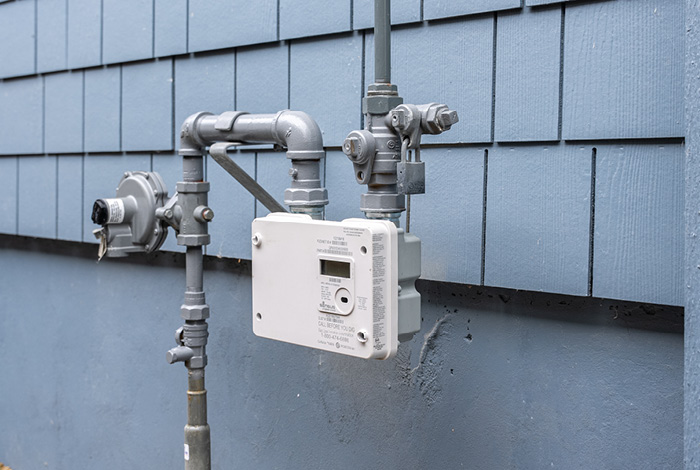Know what’s below when you’re digging
April 25, 2018
In 2017, there were more than 1,200 incidents of damage to underground natural gas lines across British Columbia. A home renovation, landscaping project or a simple misplaced shovel while digging in a garden could damage underground utility lines and cause a hazardous situation.
Additionally, a damaged gas line can require costly repairs which often cause traffic delays and natural gas service interruptions.
The good news is that most of these incidents can be easily avoided. In fact, approximately 90 per cent of damages to our natural gas service lines can be prevented if people follow safe excavation practices.
Damage by the numbers in 2017:
-
60 per cent of natural gas line damages are related to work done by contractors
-
30 per cent are related to work done by homeowners
-
three per cent are related to municipal activity
-
the rest of natural gas line damage is caused by other utilities, motor vehicle accidents hitting gas meters or other events
When digging outside, take the necessary steps to confirm there are no buried utility lines such as telecommunication cables, water and sewage lines, natural gas lines or electrical wires where you’re about to dig.
What should you do?
First, contact BC One Call— a free service that provides the location of underground lines— before digging. Requests can be made online or by phone at . The service is available 24/7, 365 days a year. Requests should be made a minimum of three full business days before you dig.
Making the call is easy, but it’s only the first step. Once you have your BC One Call ticket, make sure you understand what it says. If you don’t, FortisBC can help and available to assist you in understanding how to dig safely. You can contact us at 1-888-822-6555.
Next:
- Use the information provided to mark the location of buried lines.
- Carefully hand dig to expose the lines— do not use power equipment within one metre of the gas line.
- Proceed with your project, avoiding the line.
Whether you’re excavating on a job site or digging in your own backyard, don’t be a statistic and call or click before you dig.
In 2017, there were more than 1,200 incidents of damage to underground natural gas lines across British Columbia. A home renovation, landscaping project or a simple misplaced shovel while digging in a garden could damage underground utility lines and cause a hazardous situation.
Additionally, a damaged gas line can require costly repairs which often cause traffic delays and natural gas service interruptions.
The good news is that most of these incidents can be easily avoided. In fact, approximately 90 per cent of damages to our natural gas service lines can be prevented if people follow safe excavation practices.
Damage by the numbers in 2017:
-
60 per cent of natural gas line damages are related to work done by contractors
-
30 per cent are related to work done by homeowners
-
three per cent are related to municipal activity
-
the rest of natural gas line damage is caused by other utilities, motor vehicle accidents hitting gas meters or other events
When digging outside, take the necessary steps to confirm there are no buried utility lines such as telecommunication cables, water and sewage lines, natural gas lines or electrical wires where you’re about to dig.
What should you do?
First, contact BC One Call— a free service that provides the location of underground lines— before digging. Requests can be made online or by phone at . The service is available 24/7, 365 days a year. Requests should be made a minimum of three full business days before you dig.
Making the call is easy, but it’s only the first step. Once you have your BC One Call ticket, make sure you understand what it says. If you don’t, FortisBC can help and available to assist you in understanding how to dig safely. You can contact us at 1-888-822-6555.
Next:
- Use the information provided to mark the location of buried lines.
- Carefully hand dig to expose the lines— do not use power equipment within one metre of the gas line.
- Proceed with your project, avoiding the line.
Whether you’re excavating on a job site or digging in your own backyard, don’t be a statistic and call or click before you dig.



